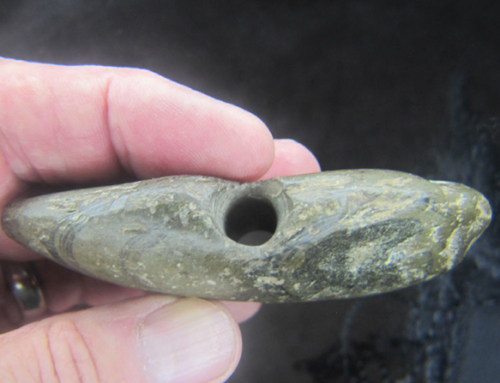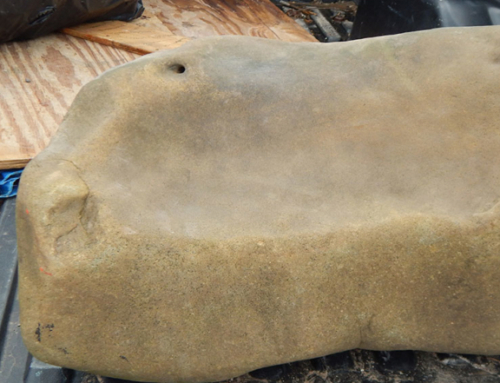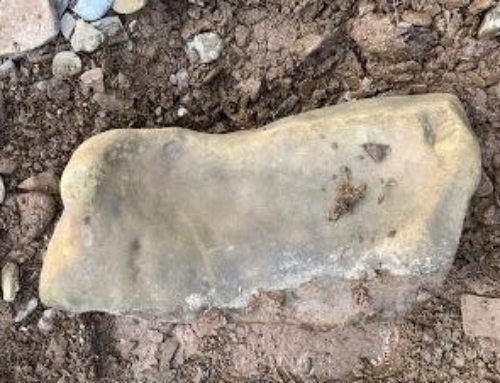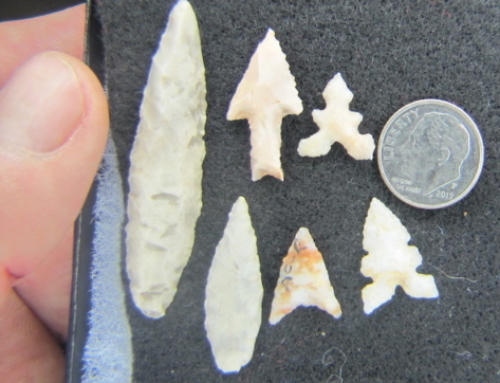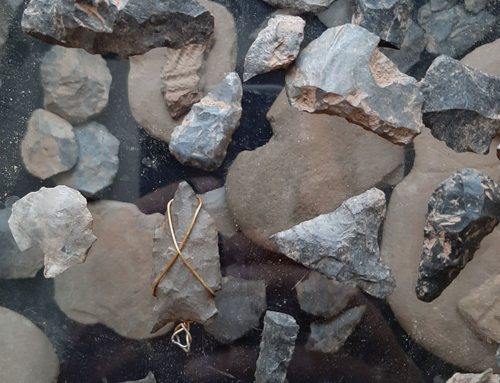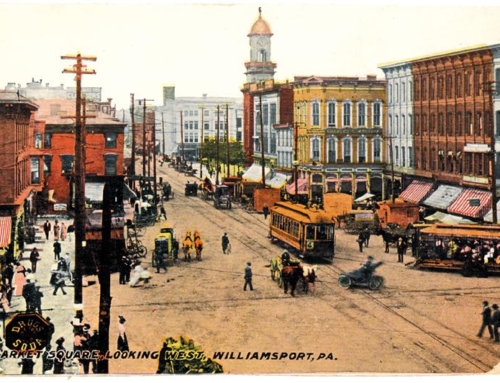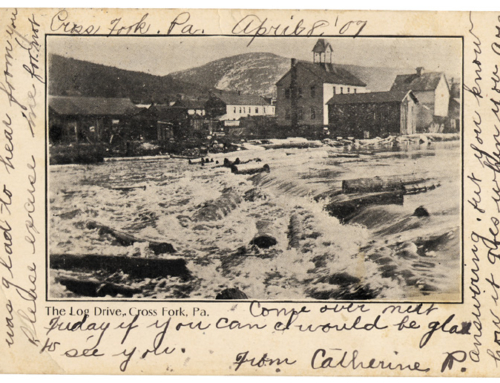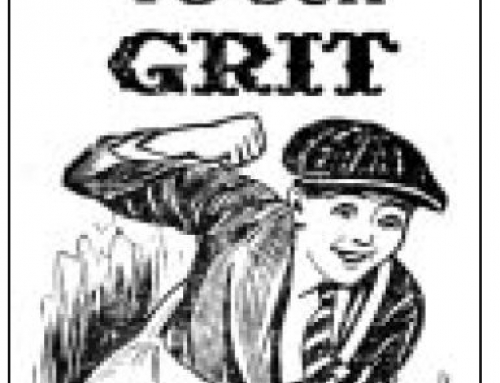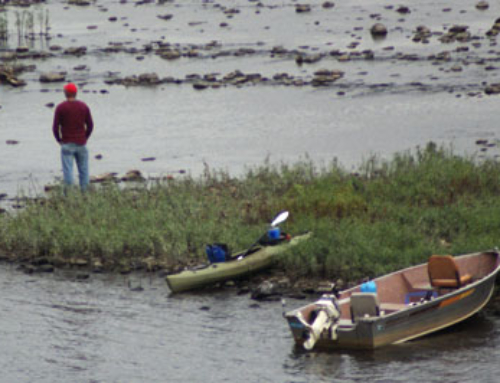The most enduring and perhaps best remembered form of mass transit in Williamsport were the trolleys. Their 70-year run is still commemorated today with the running of the Herdic, Weightman and Stotz trolleys.
The era of intra-city transportation began with the trolleys or streetcars in the late 1850s and early 1860s. The “Lumber Boom” that started to take off during that time gave rise to wealthy class of lumber millionaires and, as expression of civic pride, they encouraged the development of a streetcar or trolley line.
According to the City Bus website, Governor Andrew G. Curtin signed a charter creating the Williamsport Passenger Railway Company on April 15, 1863. Peter Herdic, the entrepreneur and industrialist who did so much to expand the development of Williamsport, was the impetus for developing and expanding the lines and equipment of the Williamsport Railway Company. He also developed his own public transportation vehicle known as the “Herdic Cab.”
The first street cars began operation in the fall of 1865, just in time for the large state fair that was to be held in Williamsport. According to the City Bus website, “they were noisy, swaying vehicles drawn by horses with small stoves to keep the passengers warm in the winter.” By 1870 several enclosed sleighs were used when deep snows prevented the regular running of the horse-drawn streetcars.
The first street railway line went 1.1 miles from Market Street west on Third Street to Pine, north to Fourth and west on Fourth to the newly opened Herdic Hotel. The system first used 26-passenger cars driven by two horses that made 94 runs per day, but Herdic and the officials at Williamsport Passenger Railway found that to be too costly and soon changed to 16-passenger cars that needed only one horse.
The Williamsport Passenger Railway was not very profitable when Herdic ran the company, even though one year, 1875, the line carried more than 220,000 passengers. After 1879 the line passed from Herdic’s control.
By 1887, when the line was under the supervision of John Lawshe, the company expanded its services and upgraded equipment. This was done in large part because the company no longer had a monopoly on streetcar transportation in the Williamsport area.
In 1890, Hiram Rhoads, president of the Williamsport and North Branch Telephone Company and secretary of the Lycoming Electric Company, headed a group of Philadelphia investors and bought the Williamsport Passenger Railway Company.
Rhoads presided over the electrification of the trolley lines, no doubt because of his extensive involvement in the local electric company. The electrification of Williamsport’s trolley lines even preceded those of Philadelphia and many other large cities by at least a year.
The Grit of Aug. 9, 1891 proudly proclaimed, “. . . and the people of Williamsport have rapid transit at last, are as proud of the new electric cars as a boy is of a new toy. They are a novelty, and are being enjoyed as such by everybody.”
By 1892, streetcar service was extended to Newberry. A special bridge was built just for the cars to cross Lycoming Creek into Newberry. The cost of construction of the bridge was partially defrayed with an additional penny for the fare that crossed the bridge during daily rounds.
The monopoly that Williamsport Passenger Railway had was under siege. Later in 1892 charters were granted for six other passenger railway companies. This resulted in what became known as the “Streetcar Wars” between Williamsport Passenger and the other companies — South Side Passenger Railway, Vallamont Passenger Railway, Citizens’ Passenger Railway, Junction, the Centre and West End Passenger Railway and the East End Passenger Railway Company.
The “Streetcar War” resulted when Williamsport Passenger Railway got in a dispute with the Junction Company about the placement of tracks in the Market Street area. Employees of both companies began ripping out the lines of the competing company. The matter of course went to court, rising to the level of the state Supreme Court, which ruled in May 1893 against Williamsport Passenger Railway and effectively ended its monopoly. The dispute was followed ardently in the pages of Williamsport’s newspapers.
With the untimely death of Hiram Rhoads in 1894, J. Henry Cochran started a new company called the Lycoming Improvement Company, which absorbed the former Williamsport Passenger Railway Company. At about the same time four other passenger railway lines merged to form the Vallamont Traction Company, also owned by Cochran. By the end of 1894 Cochran had acquired the other independent lines as well, reestablishing a streetcar monopoly.
The benefit of this monopoly was that for a single nickel all passengers could ride anywhere they wished on the trolley lines. A separate line that operated into South Williamsport opened in 1895.
In a move to prevent accidents produced by speeding streetcars, the Williamsport City Council established a speed limit for the trolleys of 10 miles per hour.
According to the City Bus website, “the period from the 1890s through World War I was the heyday for the trolleys. Trolley parties were very popular during the summer months, and parents would often charter a trolley car for an evening for children’s outings.”
The trolleys did a brisk business bringing recreation seekers to various spots along the trolley lines. These included such places as a nine-hole golf course just west of Woodmont Avenue, as well as Vallamont Park along the Vallamont line. This line also served the area of Athletic Park where Williamsport Millionaires, this city’s great professional baseball team in the Tri-State League from 1904 to 1910 played, copping three championships. Trolleys also took people to such venues as Starr Island and Indian Park.
One trolley line even went from Campbell Street to the gates of the Wildwood Cemetery. The trolley lines’ equipment was always being improved to meet the expansion of business.
Around the time of World War I the trolleys started to have to battle competition from the now-burgeoning world of the automobile as well as jitney buses. Regular buses started to make their appearance around 1925 and this further cut into the trolley’s business.
The last great blow that ultimately did the trolley in was the onset of the Great Depression. By June 1933 the trolleys were on their way out. On June 11, 1933 at 1 a.m. the last trolley in Williamsport ground to halt ending a glorious 70-year era.
The Gazette and Bulletin of June 11, 1933 wrote in part, “The clatter of steel wheels over the streets of Williamsport is no more. In place of the trolley cars are quiet running buses that cause less traffic congestion and make better time…”
By Lou Hunsinger Jr., Williamsport Sun-Gazette



